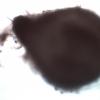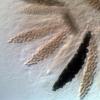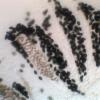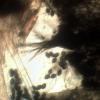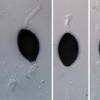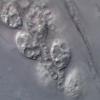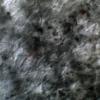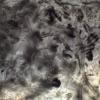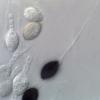
12-01-2026 22:02
Ethan CrensonHello all, I am hoping someone will have some ins

11-01-2026 20:35
Hello.A very tiny pyrenomycete sprouting sparsely

12-01-2026 05:24
 Danny Newman
Danny Newman
Cyathicula coronata on Urtica dioicaCataloochee Di

15-12-2025 11:49
 Danny Newman
Danny Newman
ITS sequences from the following two collections B

09-01-2026 17:41
Arnold BüschlenHallo, F. dilatata wird von vielen Bryoparasiten

10-01-2026 20:00
Tom SchrierHi all,We found picnidia on Protoparmeliopsis mur

07-01-2026 22:22
 Danny Newman
Danny Newman
Tatraea sp. on indet. hardwood The Swag, Great Sm

10-01-2026 01:18
 Danny Newman
Danny Newman
cf. Neovaginatispora fuckelii on indet. shrub Pre

07-01-2026 10:24
 Danny Newman
Danny Newman
Pezicula sp. on indet. hardwood Appalachian Highl

09-01-2026 10:08
 Blasco Rafael
Blasco Rafael
Hola, en el mismo habitat que la anteriorRetamaDia
Puzzling Podospora
Chris Yeates,
05-10-2021 16:25

Bonjour tous d'une Angleterre très pluvieuse!
This Podospora is fruiting in quite good numbers on the paper around incubated sheep dung (it would be hard to find it on the dung itself which has been densely colonised by Ascobolus michaudii and Iodophanus carneus).
So far I have examined two perithecia: one of them showed a small tuft of stiff hairs around 85µm long, the other apparently only a single such hair (both shown in the images). The perithecial wall is rather thin and not composed of the expected textura-prismatica - see the images which show abundant, long flexuose hairs (circa 2.5µm wide) and parallel short pairs (occasionally threes) of darker pigment.
Asci are consistently 64-spored, young ascospores of the "spoon" type and mature ascospores 17-18.2 x 10.3-11.2µm. The spore pedicels are thin-walled, readily collapsing, and secondary appendages almost entirely absent (or disappeared) the images showing vestiges of an apical and a distal appendages were all I could find.
This appears to key out to Podospora collapsa were it not for the stiff apical hairs. I need to check how consistent these are and whether they may be absent altogether on other perithecia.
The literature is rather thin on P. collapsa, so I would welcome any suggestions. I can produce more images if required.
Amitiés, Chris
Norbert Heine,
05-10-2021 17:04

Re : Puzzling Podospora
Hello Chris,
in my opinion this is a typical Podospora setosa. I see more than 64 spores in the ascus, maybe 128. Podospora collapsa has no stiff hairs and the spores have primary appendages about 40 µm long - I can't see this. Also the ascus shape matches perfectly with P. setosa.
Norbert
Chris Yeates,
05-10-2021 19:30

Re : Puzzling Podospora
Many thanks Norbert
I really am not very good at estimating the number of spores at times! It's interesting that Lundqvist in Nordic Sordariaceae gives longer spore measurements (18-21.5µm) than other authors.
Is the general absence of secondary appendages unusual? I did look for them very hard - I shall examine a further specimen.
I note that P. setosa has quite a wide substrate range - by no means exclusively coprophilous; that would fit with it migrating happily on to the filter paper.
LG, Chris
